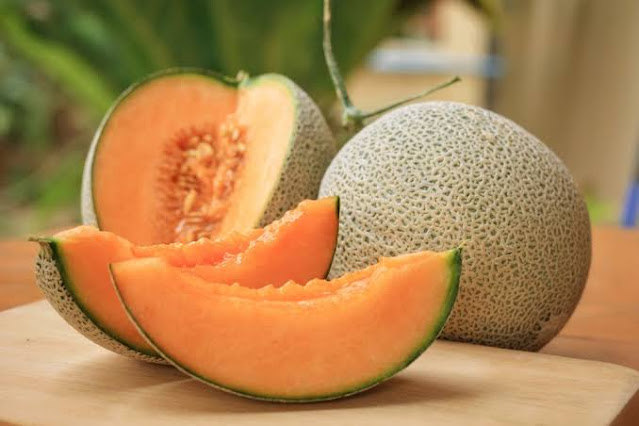Amla/Indian gooseberry - Health benefits, application, chemical constituents, side effects and many more

Amla /Indian gooseberry All parts of the Emblica officinalis (EO) tree i.e, fruits, bark, leaves, seeds, flowers, and roots are known to have medicinal properties. EO is native to the tropical and subtropical regions of Southeast Asia including India, China, Malaysia, Bangladesh, Sri Lanka, and Mascarene Island. EO is a vital medicinal plant in Ayurveda which is the ancient holistic system of medicine practiced in the Indian subcontinent. Amala fruit is one of the richest natural sources of vitamin C, containing approximately 20 times the vitamin C content of an orange. Its antioxidant effects explain its traditional use as one of the best rejuvenative tonics (rasayana) in Ayur .......................read more The fruit is used either alone or in combination with other herbs to treat many ailments such as common cold and fever; as a diuretic, laxative, liver tonic, refrigerant, stomachic, restorative, alterative, antipyretic, anti-inflammatory, hair tonic , antianemia, antihyperc...


